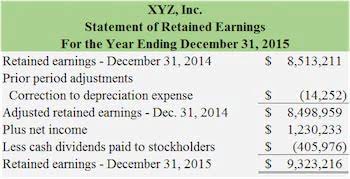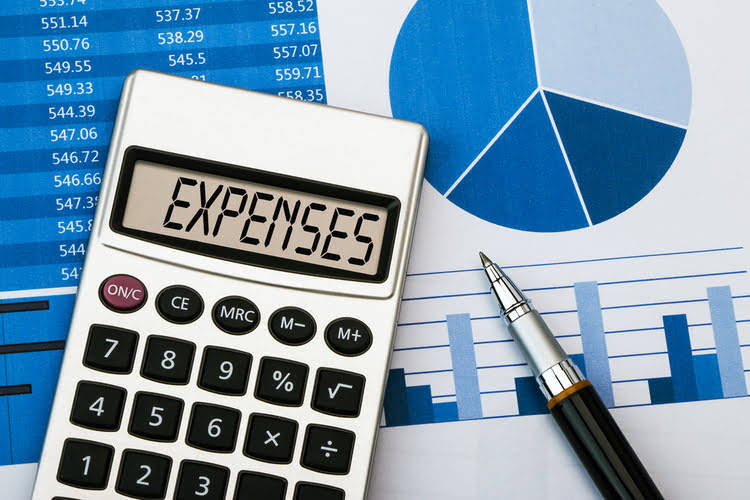How To Calculate Equity On Balance Sheet

Subtract the total liabilities from the total assets to get the basic equity figure. Common stock is the basic unit of ownership in a corporation, granting shareholders voting rights to influence corporate decisions like electing the board of directors. The balance sheet value of common stock is calculated by multiplying the par value by the number of shares issued. While par value is often nominal, it establishes the minimum price at which shares may be issued.
How to Calculate Equity?
This is because start-up businesses often require significant investments and may incur losses before becoming profitable. Equity for a start-up business is often derived from founders’ investments or external funding sources, such as venture capital or angel investors. Companies can What is bookkeeping issue new shares by selling them to investors in exchange for cash. Companies use the proceeds from the share sale to fund their business, grow operations, hire more people, and make acquisitions. Once the shares have been issued, investors can buy and sell them from each other in the secondary market (how stocks normally trade on an exchange). In nature, equity represents the company’s investors’ combined ownership stake.

What Can Shareholder Equity Tell You?

After compiling the current stock price and diluted shares outstanding of each company from their most recent filings, we can multiply the two figures to determine their respective equity values. The equity value is the total market value of a company’s common equity from the perspective of its shareholders as of the latest closing date of the markets. In general, a company with a high beta—that is, a company with a high degree of risk—will have a higher cost of equity. The cost of equity refers to two separate concepts, depending on the party involved. If you are the investor, the cost of equity is the rate of return required on an investment in equity. If you are the company, the cost of equity determines the required rate of return on a particular project or investment.
The D/E Ratio for Personal Finances
The typically steady preferred dividend, par value, and liquidation rights make preferred shares look more like debt. The formula used to calculate equity value for publicly traded companies multiplies the latest closing stock price of a company by its total number of diluted shares outstanding. By measuring the value of a https://www.bookstime.com/articles/project-accounting company’s common equity, a practitioner can analyze the current valuation of its total shares outstanding on a diluted basis. The dividend capitalization model can be used to calculate the cost of equity, but it requires that a company pays dividends. The theory behind the equation is that the company’s obligation to pay dividends is the cost of paying shareholders and, therefore, the cost of equity.
Equity Calculation

The ratio can be distorted by retained earnings or losses, intangible assets, and pension plan adjustments, so further research is usually needed to understand to what extent a company relies on debt. The company’s stock price as of the present date is multiplied by its total common shares outstanding to calculate its equity value. With all the necessary assumptions, we can simply divide our shareholders’ equity assumption by the total tangible assets to achieve an equity ratio of 40%. Using the cost of equity has beneficial applications for both investors and businesses.

How To Pay Estimated Taxes
- A P/B ratio above one suggests investors are willing to pay more than the book value due to anticipated growth, while a ratio below one might signal undervaluation or financial distress.
- In finance, equity is the market value of the assets owned by shareholders after all debts have been paid off.
- Companies may do a repurchase when management cannot deploy all of the available equity capital in ways that might deliver the best returns.
- Of the 50.4 million shares authorized, the company had issued roughly 15.1 million shares.
- Another component of stockholders’ equity is the treasury stock account.
- Shareholders of a company are typically interested in the company’s shareholder’s equity, which is represented by their shares.
- The debt-to-equity ratio is most useful when it’s used to compare direct competitors.
Understanding these equity trends helps you make informed decisions, ensuring what is the formula for determining equity? your investments align with your financial goals and shareholder rights. Long-term assets are the value of the capital assets and property such as patents, buildings, equipment and notes receivable. It’s important to note that the recorded amounts of certain assets, such as fixed assets, are not adjusted to reflect increases in their market value. In the business world, for example, brand equity represents the positive or negative value that is linked to a brand, as well as the product or service that they provide. When calculating equity, it’s important to understand the difference between assets and liabilities. But in the world of business, it has to do with the difference after subtracting liabilities from assets.
How Can the D/E Ratio Be Used to Measure a Company’s Riskiness?
That’s why it’s crucial to understand how equity is calculated and what it means. It offers insight into the value of the company and gives a clear picture of what the business is worth. In small business accounting, you calculate your company’s equity by deducting your total liabilities from your total assets.